By Gianni Scarcello
For employees in construction, there are many dangers that we can face on a daily basis. While there are steps we can take to try and eliminate all the hazards found in the workplace, not everything can be fully eliminated. Hydration plays a crucial role in the construction industry, ensuring the well-being and safety of workers while enhancing overall productivity. Construction work often involves physically demanding tasks performed in challenging environments, making proper hydration essential for maintaining optimal performance and preventing heat-related illnesses. However, we must make sure that everyone is properly hydrated to avoid any potentially serious illness and injuries while working in the heat.
First off, it is important to understand how the body handles heat. The human body maintains a constant internal temperature, or at least tries to, even when it is exposed to different environmental temperatures. To cool itself down, the body will increase blood circulation and release sweat onto the skin through glands. As the sweat evaporates off your skin, this process creates a cooling effect, which helps the body regulate its temperature back to normal ranges.
Problems can increase when the ambient temperature is becoming warmer. The sweat produced by your glands may not evaporate off the surface of your skin. When this occurs, or rather, does not occur, your body is not able to cool itself down. Several factors such as humidity and heavy clothing can hinder your ability to allow sweat to evaporate.
"Staying hydrated isn’t something that you should only worry about while you are on the job."
In order to continue to operate, the human body needs to replenish fluids to maintain its control over critical organ and muscle function. This is why it is important to continue to drink fluids before, during, and after working in environments where your body is sweating. It is important to remember that by the time you are feeling thirsty, dehydration may be setting in already.
Staying hydrated isn’t something that you should only worry about while you are on the job. Your body needs to begin the process even the day before you may be exposed to heat and high-level activity.
NIOSH recommends fluid replacement for treatment for heat exhaustion and as a preventative measure to avoid it in the first place. Along with NIOSH, ACGIH (American Conference of Governmental Industrial Hygienists) and OSHA recommend drinking every 15-20 minutes to stay sufficiently hydrated. Not only will this help your body maintain a safe core body temperature, but it should help to lead to fewer heat-related illnesses and injuries.
What Are signs to look for in dehydration?
Heat stroke and heat exhaustion are the two most common conditions that will occur due to dehydration. Heat exhaustion occurs when the body is overheated and is sweating profusely, whereas heat stroke victims may show decreased signs of sweating due to the body’s inability to produce sweat.
Other symptoms of heat exhaustion include the following:
- Agitation
- Cool and clammy skin
- Confusion or anxiety
- Dizziness
- Excessive thirst
- Fainting
- Headache
- Muscle aches and cramps
- Nausea
- Slow heartbeat
- Weakness and fatigue
Heat stroke will occur usually once the body has gotten to an internal temperature of 104-106 degrees Fahrenheit. However, this can also occur more rapidly if the person is overheated in a very quick manner. It is important to remember that heat stroke is very serious and is considered a medical emergency. If you or anyone on your team/job site is showing signs of heat stroke, you should dial 911 immediately.
Symptoms of heat stroke include the following:
- Confusion, delirium, or loss of consciousness
- Convulsions
- Decreased urination and/or blood in urine or stool
- Dizziness or vertigo
- Fatigue
- Headache
- Nausea and vomiting
- Rapid heart rate
- Shortness of breath
When the warning signs of heat exhaustion begin to show, it is important to move yourself or the affected person to an air-conditioned space. If you are on a job site, use a personal or work vehicle with the air on. If for any reason there are no spaces that have air conditioning to cool the victim, removing them or yourself to a shaded area is the next best option. Use cold compress in areas where major arteries are, or blood vessels that lie close to the skin surface (think the armpits, groin, or the back of the neck). Drink fluids slowly, such as sipping on water or a sports drink. Remove any tight-fitting clothing or extra layers you or the victim may have on. If vomiting occurs, seek medical attention as this will increase dehydration and could lead to heat stroke.
Another factor to keep in mind when dealing with working in the heat, anyone with prescription medication should consult with their doctor on how to balance their medication doses and working in warm environments. Some medications can cause more serious side effects if the person becomes overheated.
While sports drinks such as Gatorade, Powerade, etc. are commonly found on job sites to replenish electrolytes, they should not be used completely in place of water. They can help to add sodium back into the body if you are sweating, but drinking too many can also cause problems. It is important to remember that too much sodium can worsen dehydration if it causes vomiting. Also, these drinks are usually higher in sugar (a 20oz bottle has around 34g of sugar). Too much consumption of sugar while in a heated environment has been studied to show links to problems with kidney functions. If you can, opt for sports drinks that have zero added sugar.
Keep in mind, because hydration for today begins as early as yesterday, that what you consume the day or night before can affect your morning. If you consume alcohol the evening before and don’t start drinking water until you are on-site for hours, or worse, feeling thirsty, you are setting yourself up for dehydration and potential heat sickness. As many of us tend to do, coffee or an energy drink is the first thing we reach for in the morning. While these things can factor into the acceleration of your body’s dehydration, we won’t tell you to stop them completely. Just be mindful and drink at least 16oz of water before downing your morning energy drink or cup of coffee.
It is important to understand that it may not be possible on the job site to stop every 20 minutes to go drink water, but that does not mean you cannot get fluids in during that time. Workers should bring a water bottle to work that can be filled up with larger volumes of fluids. If a company provides bottled water, workers should grab a couple when coming onto the jobsite and before beginning to work.
Remember that avoiding dehydration and heat illness is completely possible. As mentioned, there are factors on job sites that we have to work around. Ensuring that we drink enough fluids and stay hydrated is something everyone can work to control themselves. By understanding the importance of hydration and implementing effective hydration practices, we can create a safer and more efficient working environment.
Gianni Scarcello is Safety and Compliance Specialist with Bevara Building Services in Pewaukee.












